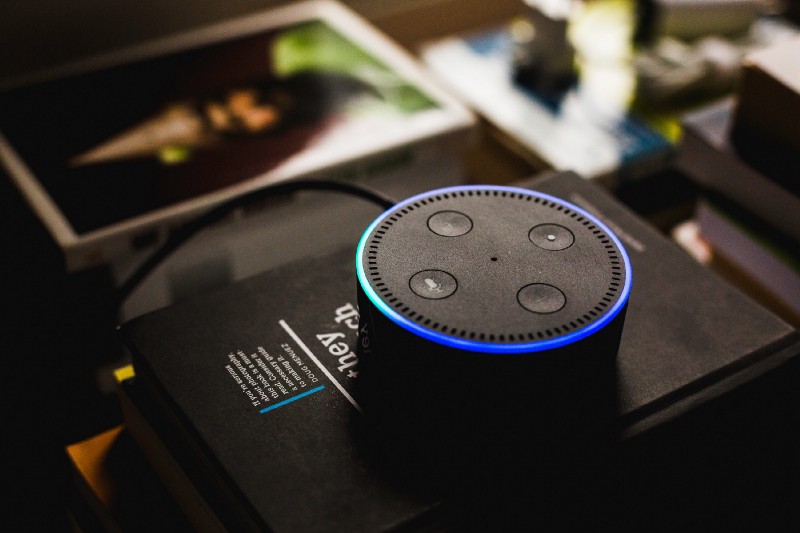By Ben Parkison
Valence has been in the trenches of design, development, and deployment of systems that use voice as an interface at enterprise companies for years. We’ve implemented voice-based solutions in companies ranging from small startups to fortune 50 enterprises. Today I’ll share some of what we’ve learned, what we’ve seen, and why we see voice as a key opportunity for enterprise companies.

Consumer issues are enterprise issues. As voice interfaces become more and more common in the consumer space (more than 120 million smart speakers in the United States!) the same people that use voice at home to shop, control smart homes, and communicate, will begin to expect it as employees and as customers. The result, aside from consumer usage driving demand in an enterprise environment, is that the standards that people expect in terms of UX, flexibility, and intuitiveness in their lives as consumers is exactly what they will expect at work.
Start small, learn, and build. Voice interfaces have one very unique characteristic for development teams: you get to see what works, but also what doesn’t work. Unlike other interfaces, with voice you get this view into what your users tried to do and failed (think when Alexa says “Sorry, I didn’t understand that”), and your list of utterances that didn’t result in an understood and actionable response is both fascinating and incredibly useful. Often times that can be key data for defining the roadmap for your voice interface.
Voice can be a ubiquitous experience. For enterprise apps, spatial placement and utilization of voice interfaces is an important part of the design. Considerations should be made before any code is written regarding not only how a person would interact with the app in any scenario, but also how they might interact differently a multitude of settings. Take some common possibilities for example — if they are at their desk vs. the factory floor, if they’re sitting at a computer or have their hands full with equipment, or if they are in a private office or in a conference room with their peers.
Build voice to play nice with other interfaces — If I’m in Sales I might interact with our CRM in the morning sales meeting, throughout the day via a browser as I’m doing my work, on an app when I’m at a client site, and through integrations with other apps like Outlook or Slack. Adding voice to this ecosystem should be an intentional and well thought out process, leveraging voice where it is powerful, not forcing it where it is not, and allowing these different interfaces to interact with each other to create new opportunities.
Your target user will change. From hiring and attrition to reorgs, what you build today is probably going to be used by a lot of different people with, potentially, a lot of different job titles you didn’t expect. Because of this serious consideration needs to be made to make your app as approachable, intuitive, and as helpful as possible. Use nudges, session and user contexts, follow up prompts, and other best practices to design for a user that may be well versed in the company subject matter, but can have a wide and changing variety in technical comfort and fluency.
Well-designed voice-based solutions for the enterprise will create an intuitive way to access information, streamline workflows, and create a new way to do business across industries. At Valence, we’re excited to build voice-based solutions for our clients to build real value today, while also laying the groundwork for voice to be a key part of how we think about and interact with AI-driven interfaces going forward.
JumpStart Your Success Today
Kopius supports businesses seeking to govern and utilize AI and ML to build for the future. We’ve designed a program to JumpStart your customer, technology, and data success.
Tailored to your needs, our user-centric approach, tech smarts, and collaboration with your stakeholders, equip teams with the skills and mindset needed to:
- Identify unmet customer, employee, or business needs
- Align on priorities
- Plan & define data strategy, quality, and governance for AI and ML
- Rapidly prototype data & AI solutions
- And, fast-forward success
Partner with Kopius and JumpStart your future success.
Additional Resources
- Voice and Chat: Cornerstones of Digital Transformation
- Transforming the Business with Alexa for Business
